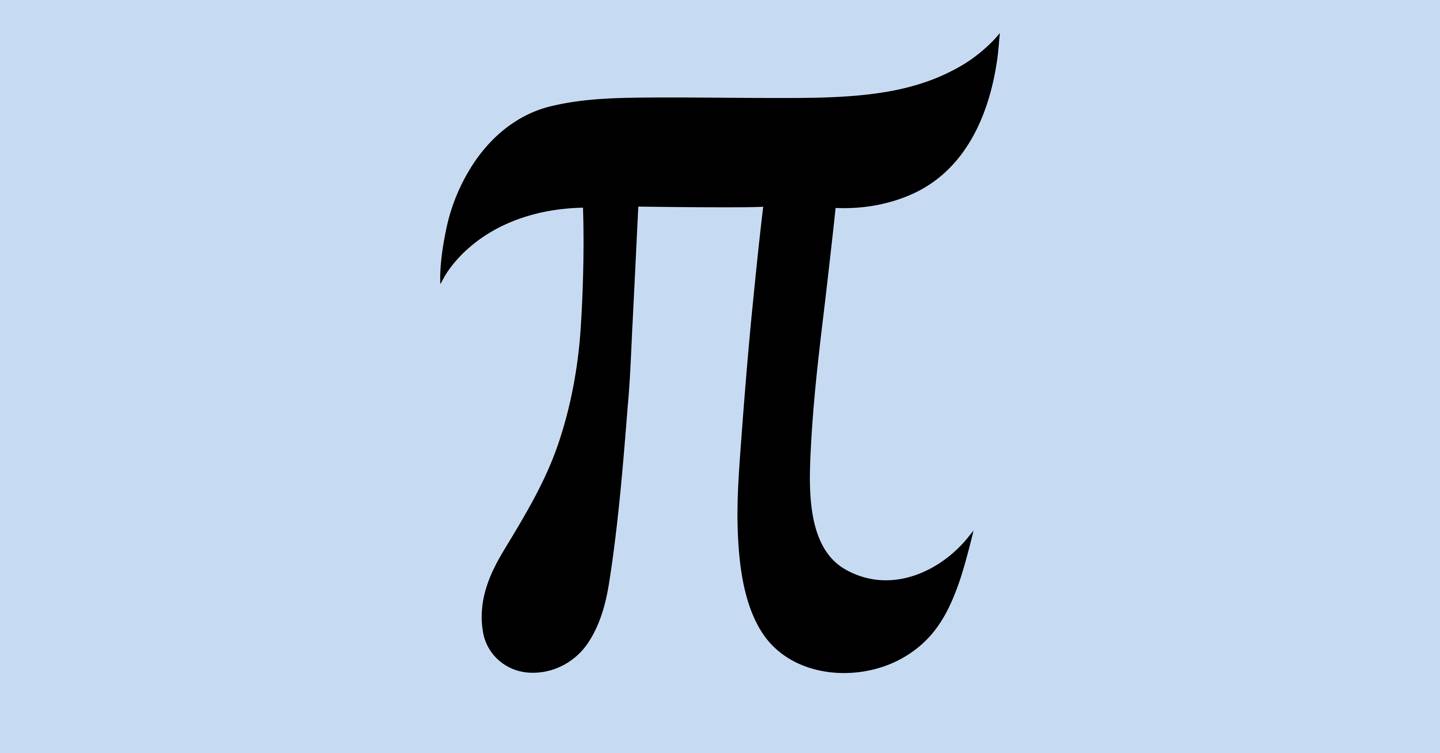
It occurs in a list of specifications for the great temple of Solomon, built around 950 BC and its interest here is that it gives π = 3.

The same verse can be found in II Chronicles 4, 2.
#Who was the first to calculate pi series
Infinite series are usually sums of numbers or generalised expressions that follow a particular pattern and go on forever, an example could be something like 1+1/2+1/4+1/8+… to ∞! However, it was not Europe where infinite series were discovered and first used but India, where Madhava, first found the infinite series expressions for sine, cosine, and tangent functions! Madhava in the 14th century was the first person in the world to use infinite series to calculate π, let’s see how.And he made a molten sea, ten cubits from the one brim to the other: it was round all about, and his height was five cubits: and a line of thirty cubits did compass it about. This spurred a new rational and theoretical approach in mathematical history, which is very evident from the shift in the ways of calculating π, from ancient times when mathematicians of the likes of Archimedes calculated π by the lengths of geometrical shapes and structures to now, when something purely theoretical, infinite series was used to discover the unknown digits of π. With the adoption of the, then, newly discovered algebra into the European culture and mathematics, a new perspective of looking at the world was born, which is now famously known as the “The Scientific Revolution,” which inspired the age of enlightenment with, then, thinkers and, now, well-known mathematicians like Descartes who were anti-romantics, or valued reason over tradition. With the invention of digits consequently in India and Persia and the establishment of the Babylonian discovered/ invented Algebra by Muhammad Ibn Musa al-Khwarizmi, the calculation of π became much easier! As the renaissance passed, with these new tools like digits and algebra, European mathematicians were back in competitions, and soon enough π was calculated to an accuracy of 38 decimal places by an Austrian mathematician, Berger, who used a 10⁴⁶ side shape to achieve it! I say that was accurate enough, but we shouldn’t stop should we? However, things were about to get easier. Muhammad Ibn Musa al-Khwarizmi | Source: t3./ This is why the square was later replaced by a pentagon and later again by a hexagon and so on to reach higher precession. < π < 4.000 which is a very large gap! This is because the square is not a very good representative of the circle. Turns out he was close, but still far from the actual answer with an average value of 2.828. (side of the inner square)/ diagonal of the inner square, and π had to lie somewhere in between these two numbers. (side of the outer square)/ side of the outer square and 4. It is interesting how Archimedes in his papers used the term “diameter.” So, what is the diameter of a square, is it the diagonal or the edge, turns out it is both! Archimedes considered the effective lengths (the edge of the outer square and the diagonal of the inner square) for each square, A circle can be thought of as a polygon with infinite sides, which was exactly the thought process used by Archimedes to calculate π!Īrchimedes first thought of calculating π by fitting a square inside and outside a circle so they are all touching each other and then dividing the perimeter of the squares by the diameter.


Think about this, a square is a little like a circle, but when a side is added to form a pentagon, it comes closer to resembling one, and when another side is added it gets more closer, and so on. The ancient mathematicians were struck by the problem of calculating the length of a curved surface, though they could have used easier methods like using a string to measure the length and then find the value by comparing it with a linear scale, they stuck to the method of exhaustion. The way π was initially calculated by a method known as the method of exhaustion, you will soon enough know why it was called the method of “exhaustion.” The Babylonians found the value of π to be around 3.125, which happens to be accurate to 1%! and given these calculations date back to when iron was first used by the human civilization, this is astonishingly accurate! The evidence of which was found in the Ishango bone, and maybe even before that! While the knowledge of counting spread and mathematics as a whole developed, both the ancient Babylonians and the Egyptians attempted to find the value of π. Ishango bone | Source: Counting, the very basis of mathematics dates back to 20,000 BC.


 0 kommentar(er)
0 kommentar(er)
